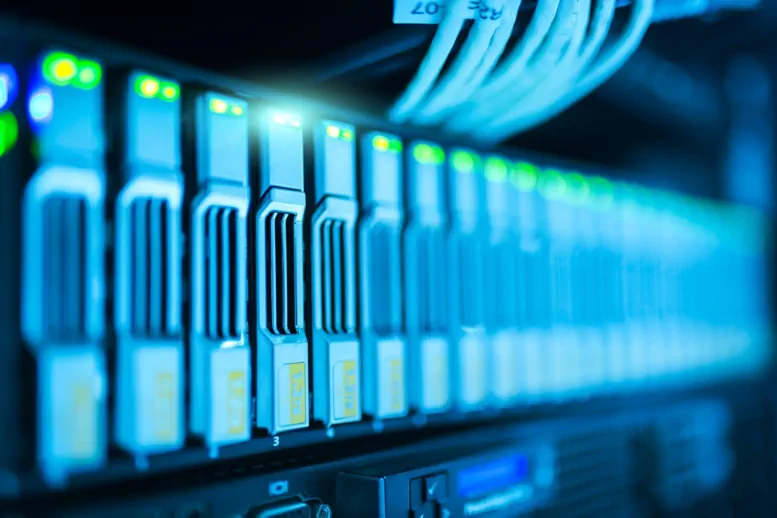Network monitoring is an essential aspect of network management. When a network is observed to have slow or failing components, or should any be detected by the system, the system then alerts the network administrators. It is usually performed by a dedicated machine that is attached to the network and usually utilizes a GUI application.
“Right now there are dozens of high-level tools that can provide a real-time breakdown of your live network.” notes network administration expert Tim Keary from Comparitech.
He added:
“Network monitoring is used to detect any anomalies and is not merely limited to diagnosis, but also prognosis where several networking tools are able to predict any possible failures in a network.”
But, is that really all there is to network monitoring? What exactly makes it such a critical part of any network? What are the other benefits of having network monitoring tools?
Outage Prevention
By being able to monitor your network’s performance, you’re going to be able to predict if an outage is imminent and you’re going to be able to stay one step ahead of any potential issues. Live network monitoring allows administrators to identify possible bottlenecks in the system and to account for them. But moreover, should an outage occur, they have a good idea of where the problem originated, which is exactly what the next item puts a heavy emphasis on.
More Accurate Diagnostics
Because time is money, especially when we’re talking about uptime, the longer a website is down, the more revenue is lost. It’s during these times when it’s of supreme importance that network professionals are able to pinpoint the source of the outage so that they are able to fix it quicker. There are even network automation tools that eliminate the need for a technician to get involved as they can fix problems automatically.
Identify and Detect Security Vulnerabilities
Whether a business chooses to forego the base layers of security options or if they simply lack the funds to be able to have these installed, network monitoring software is able to provide network administrators a sense of what is normal activity over the course of operations. This means that anything that is out of the ordinary is going to stand out in real time because they have already established what a normal day in operation looks like. A few things to look out for can include a spike in traffic levels or an unfamiliar device that’s connecting to your network.
This also means that because you’re able to detect when an unfamiliar device is connected to your network, and when an event occurred, you’re more capable of reacting to that vulnerability because you’re able to set up security measures.
Manage Network Growth
Another benefit of making use of network monitoring software is that you’re able to track the extent to which your network is growing and to determine if you have the means to support your network’s growth. This allows network administrators to ensure that the current equipment is sufficiently able to support the network.
This is especially important in this age given the fact that we are moving rapidly into the Internet of Things, wherein more and more devices are able to connect to the network — not only that, but they’re also going to be sharing data with one another. As you might already imagine, this is going to take up a lot of bandwidth and if a business were to connect these devices to a network that’s under-equipped to handle the demand, then you’re surely going to have a big problem on your hands.
More Convincing Equipment Upgrade
The previous example is also going to make it easier for network administrators to requisition equipment upgrades. Presenting concrete evidence of an increase in demand is leagues more effective at convincing the powers that be to invest in better equipment. Plus, an analysis will also give network administrators insight into whether or not an upgrade is even necessary. This means that your business doesn’t end up spending valuable resources on upgrades that you might not even need to begin with and in doing so, you’re able to allocate resources to the areas that will have a more significant impact on the business.
It’s easy to see the importance of monitoring your network. It’s built upon the same wisdom that tells us the reasons why analytics are so important, especially in an age where data is a commodity and information is power. By knowing the exact state of things, business owners, as well as IT professionals, are able to make the best possible decisions in any given scenario and they will be able to handle most situations with precision and efficiency.








